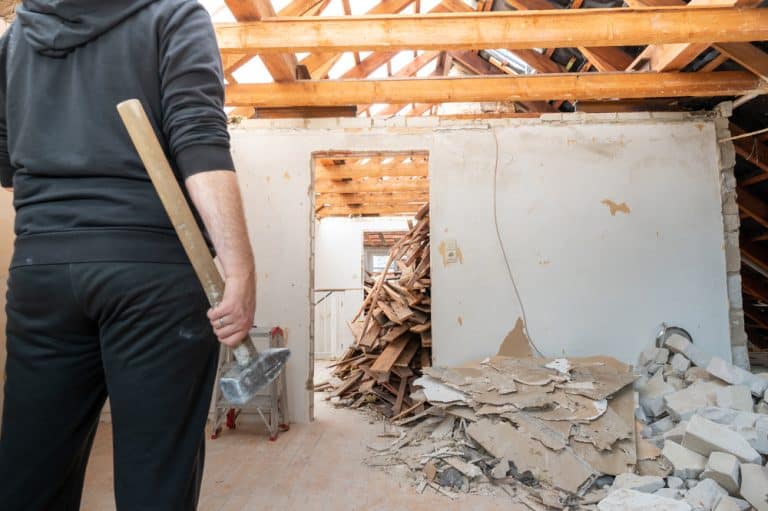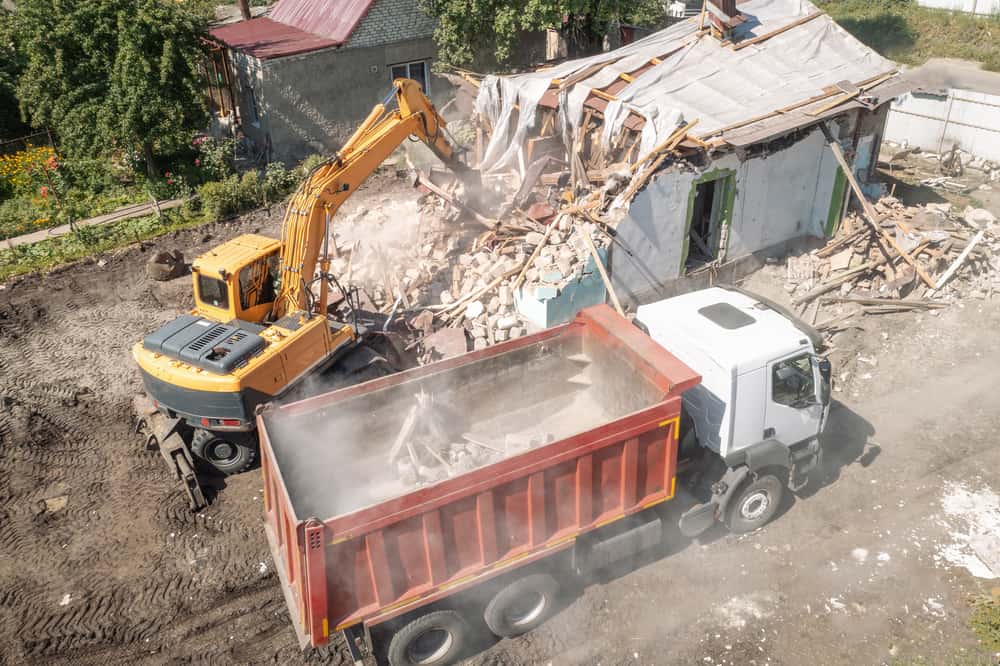House Demolition in Wantagh, NY
At Green Island Group NY, we are your premier house demolition company in Wantagh, NY, specializing in home demolition and house teardown services. With our expertise and commitment to excellence, you can rely on us for all your house demolition needs.




